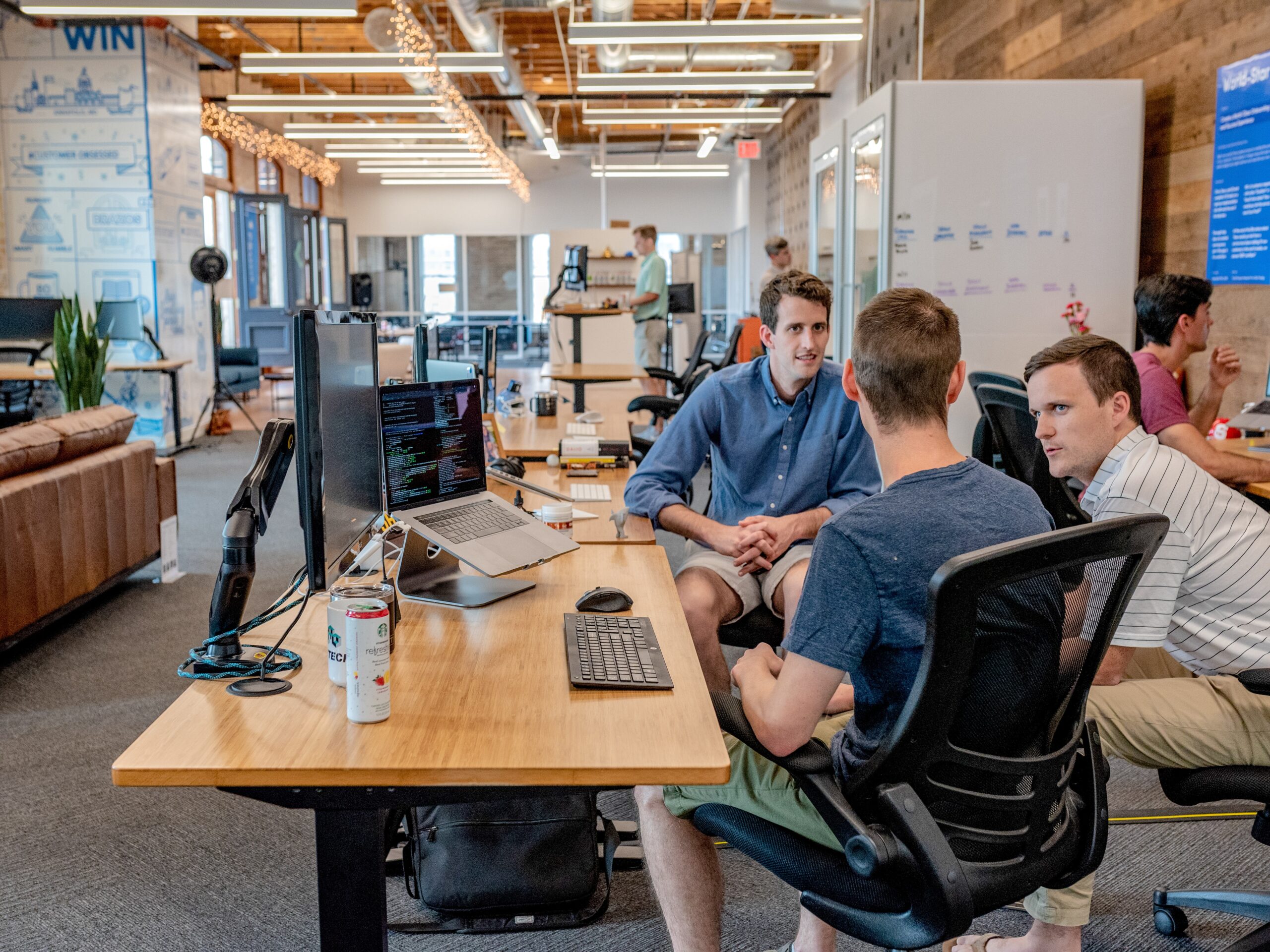n recent years, co-working spaces have emerged as a popular alternative to traditional office spaces. With the rise of remote work and the gig economy, co-working spaces have become a hub for freelancers, entrepreneurs, and startups. This article will explore the benefits and drawbacks of co-working spaces and discuss why they may be the future of work.
What are Co-Working Spaces?
Co-working spaces are shared workspaces that allow individuals and companies to work in a collaborative environment. These spaces are typically equipped with high-speed internet, office amenities, and meeting rooms. They also offer a sense of community and networking opportunities.
The Rise of Co-Working Spaces
Co-working spaces have gained popularity in recent years due to the rise of remote work and the gig economy. Many freelancers and entrepreneurs find that working from home can be isolating and distracting, and traditional office spaces can be expensive and inflexible. Co-working spaces provide an affordable and flexible alternative that fosters collaboration and community.
The Benefits of Co-Working Spaces
Flexibility
One of the main benefits of co-working spaces is their flexibility. They offer a range of membership options, from hot-desking to private offices, that can be customized to fit individual needs. This flexibility allows workers to choose a workspace that suits their work style and budget.
Networking Opportunities
Co-working spaces offer a sense of community and networking opportunities. They bring together like-minded individuals and companies who can collaborate, share ideas, and support each other. This can lead to new business opportunities, partnerships, and friendships.
Productivity
Co-working spaces can be a great way to increase productivity. They offer a professional and distraction-free environment that can help workers focus on their tasks. Many co-working spaces also provide amenities such as coffee and snacks, which can help workers stay energized and focused.
Cost-Effective
Co-working spaces are often more cost-effective than traditional office spaces. They offer flexible membership options that can be customized to fit individual needs and budgets. This can be especially beneficial for startups and freelancers who may not have the resources to invest in a traditional office space.
The Drawbacks of Co-Working Spaces
Lack of Privacy
One of the main drawbacks of co-working spaces is the lack of privacy. Many co-working spaces offer only open-plan workspaces, which can be noisy and distracting. This can be challenging for workers who need to focus on tasks that require concentration.
Distractions
Co-working spaces can be distracting, especially if they are busy or noisy. Workers may be interrupted by conversations, phone calls, or other activities that take place in the space. This can be challenging for workers who need to focus on complex tasks.
Lack of Control
Co-working spaces offer less control over the workspace than traditional office spaces. Workers may not have access to the same amenities, such as printing or meeting rooms, as they would in a traditional office space. They may also have less control over the cleanliness and organization of the space.
The Future of Work
Co-working spaces may be the future of work. They offer a flexible, cost-effective, and community-oriented alternative to traditional office spaces. As more companies embrace remote work and the gig economy, co-working spaces are likely to become even more popular.
Co-working spaces offer a range of benefits and drawbacks. They provide a flexible, cost-effective, and community-oriented alternative to traditional office spaces, but they can also be distracting and lack privacy. As more companies embrace remote work and the gig economy, co-working spaces are likely to become an increasingly popular option for workers.















